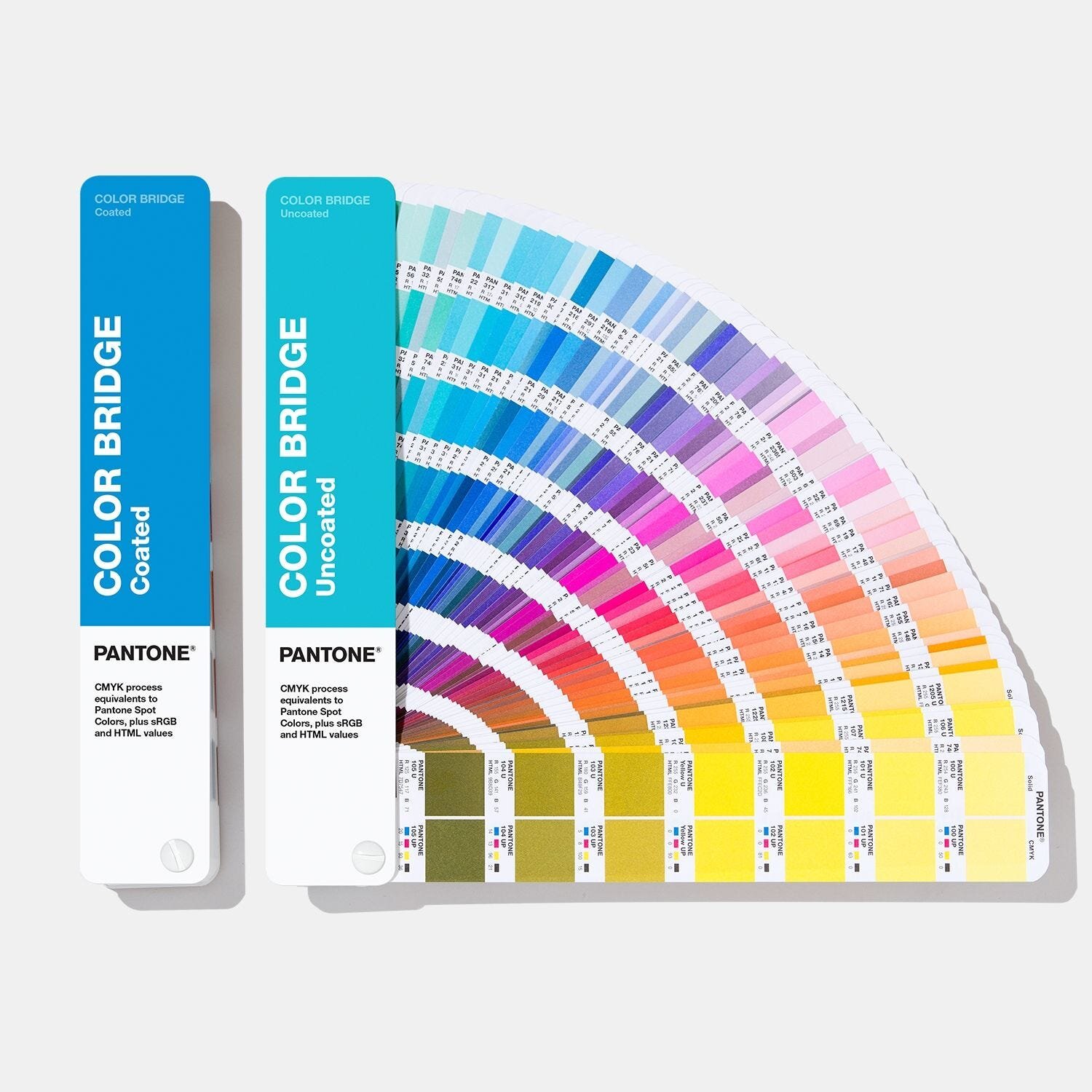Let’s start where colors are practically born, at Pantone. Founded in 1962, Pantone’s primary product was their Pantone Guides, a small flip book with pages of color swatches laid out in series from light to dark hues of individual colors. This was the beginning of the system used today to help designers and producers speak one consistent language. The Pantone Color Matching System (PMS) has helped standardize color while using the CMYK process for printing on various materials. You may recognize the PMS as Pantone colors are referred to by given numbers and the prefix PMS, “PMS 190”.
It seems there are two ways for you or your company to “have” your own color. Only two individuals have ever purchased their own custom made Pantone color, the first being Jay-Z, the influential hip hop artist, and Sherry Chris, CEO of Better Homes and Garden Realty. Purchasing your own color means making a new color, both Jay-Z and Sherry brought items with them to inspire their vision. Sherry brought a loved pink scarf and Jay-Z a blue piece of his old motorcycle. Both worked closely with Pantone’s trained chemist and technicians for several weeks and paid tens of thousands of dollars to get their custom color just right.
The more common way to ‘have” your own color is through trademark rights. For example Tiffany and Company has not only trademarked their famous robin egg blue, but they also worked with Pantone to find just the right color they were looking for and in the process the color got a custom Pantone number - 1873, the year the company was founded. Several other companies have trademarked a shade they became known for, staking claim to a color. UPS brown, Barbie pink, T-Mobile magenta, and 3M (aka Sticky Note) canary yellow are just a few of the most well known claimed colors.
Like Tiffany and Co., in recent months Clear Pay, an australian lending company, has leaned into the expertise of Pantone. Collaborating with Pantone to build a new visual identity Clear Play created the exclusive mint hue named Bondi Mint in celebration of their Aussie heritage. As custom branding has grown more popular in the digital age, working with Pantone to create new exclusive hues could become a more common practice.
Does this mean no one else can use these trademarked colors? Not entirely. There are complex laws around trademark rights, but the most important distinction is that trademarks are confined to specific industries and products. Meaning you can paint your walls Tiffany blue as long as you don’t market a jewelry company with it!




